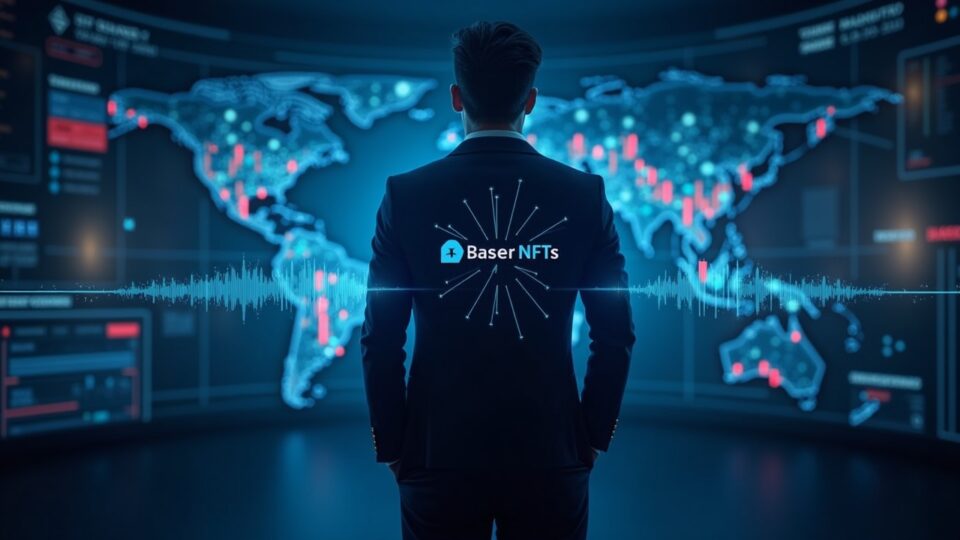Base sold more NFT units than any rival chain in 2025, with an AI-driven trading game causing the surge. For the full year, the tracker assigns $122 million and 6.7 million sales. The numbers matter to traders, marketplaces and compliance teams because they shift liquidity and operational risk.
DappRadar recorded sharp jumps on Base: June volume rose 336 percent month-over-month, and a thirty-day window showed a 70 percent climb to $47 million, pushing Base past Solana for that period. For the full year, the tracker assigns $122 million and 6.7 million sales.
Ethereum still dwarfs the field — DappRadar lists $5.8 billion for Ethereum in the first quarter alone. The same dataset shows global NFT volume down 45 percent quarter-to-quarter even as the number of sales rose, a pattern that points to rapid turnover of cheap assets.
NFT market rebounds: a complex cycle with no single narrative
The NFT market saw a notable rebound in July, though the cycle itself resists being defined by a single interpretation. According to data, sales and trading volumes show mixed signals across different chains, reminding teams to cross-check data sources carefully before acting on trends.
From an adoption standpoint, innovations like AI-driven trading screens are pulling in non-technical users, offering easier access to a complex ecosystem. However, this wave of curiosity will only translate into sustainable growth if these features deliver tangible utility beyond the first experience. At the same time, liquidity issues remain evident. Many sales are completed at low dollar values, fragmenting the order book and complicating reliable price discovery.
The expansion of the market also brings operational risks. Rapid user growth widens the attack surface for potential smart contract exploits, making rigorous security audits essential for project survival. On the compliance side, the rise of automated trading bots that buy and sell NFTs at scale could draw the attention of regulators, prompting tighter KYC and AML requirements. These factors illustrate that growth comes hand in hand with new challenges.
In terms of performance, activity on Base stood out in 2025 with 6.7 million sales and $122 million in trading volume. June alone saw a 336% month-over-month increase, pushing the thirty-day figure up 70% to $47 million. By comparison, Ethereum still dominated with $5.8 billion in Q1 volume, yet the global picture showed contraction: overall volume fell 45% quarter-to-quarter even as the number of sales rose. This paradox reflects a market in transition — one where momentum, utility, and regulation will all shape the next phase.
The AI trading game pushed Base NFT counts upward, and future DappRadar reports will show whether the activity rests on utility or short-term speculation. Security and compliance teams need that signal.

